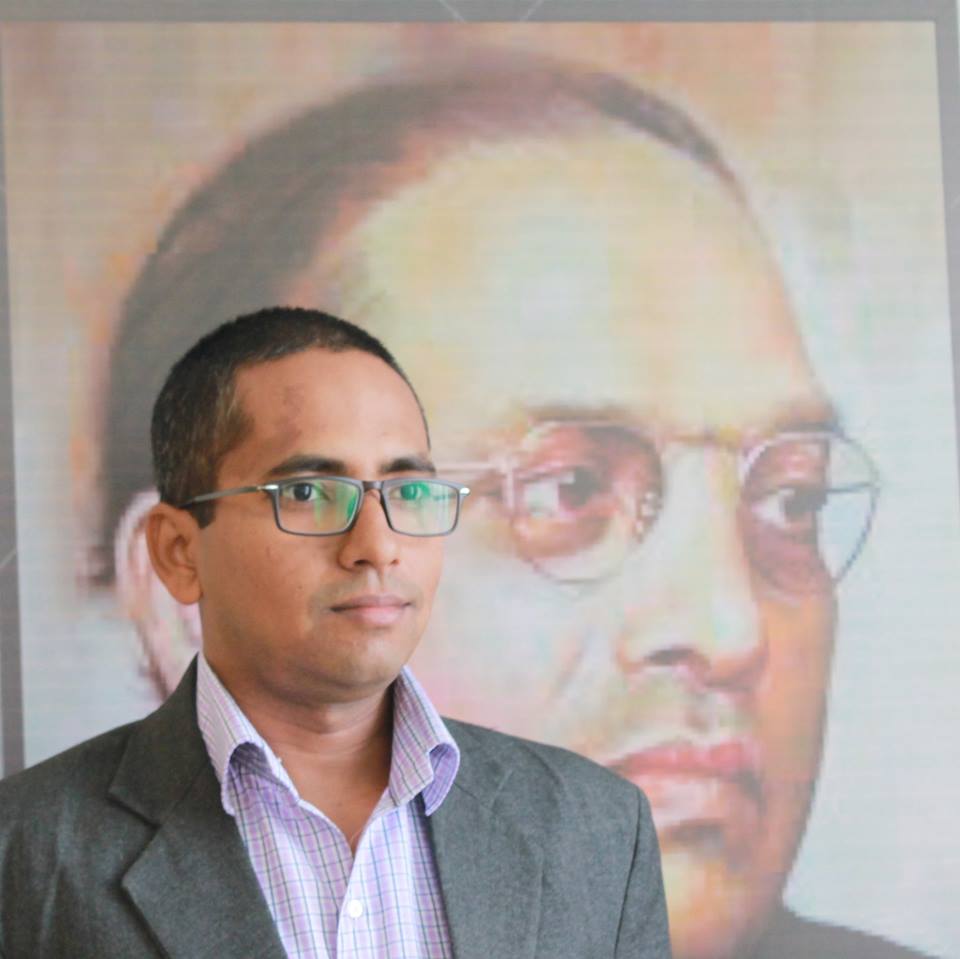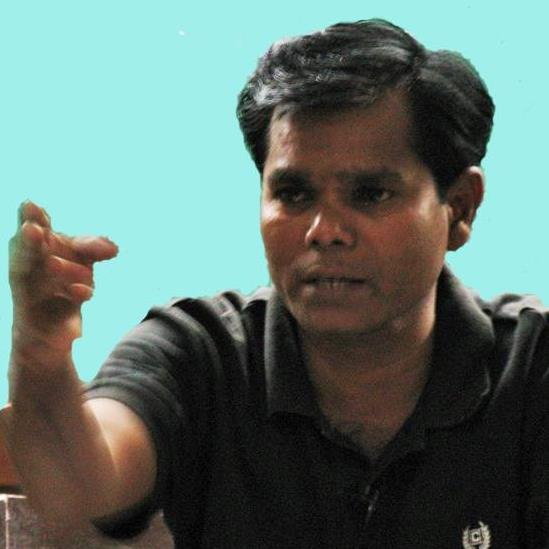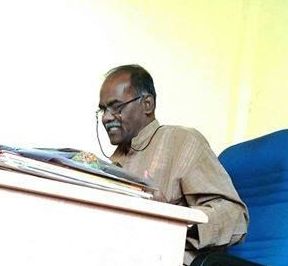Dr. Ayaz Ahmad
Javed Anand’s article titled Why Muslims should have gifted away the Babri Masjid: The mandir that could have been published in the Indian Express on January 20, 2024, poses more questions than it answers. Riding on the hindsight validation of the position that he took in October 1991 article published by the Sunday Observer, Anand is entitled to point towards “the failure of the Muslim religious and political leadership in reading the writing on the wall”. However, Javed fails to ask few critical questions relevant for present and future action which organically emerge from his article: why did the Muslim religious and political leadership fail to read the writing on the wall? In other words, what prevented the Muslim leadership to anticipate future trajectories so miserably? What blinded them? Was it just selfish self-interest? Should the blame be placed on lack of modern education romanticized from the days of Sir Syed? Or the cause is more fundamental in nature and so far it has been hardly acknowledged in the spectacle of Muslim leadership epitomized by Muhammad Iqbal, Syed Shahabuddin and Imam Bukhari invoked in the article? This piece is a humble attempt to answer these questions in the light of those two articles authored by Javed Anand.
Let us begin with the underline assumptions about the Muslim religious and political leadership implored in the two articles. Was there ever such a thing as ‘Muslim religious and political leadership’? All the three names cited in Anand’s article happen to be upper caste muslims self anointed as Ashraaf literally meaning superiors. Is this just a coincidence? If those Ashraaf were actually the religious and political leaders of Muslims then they would have indeed heeded the sensible suggestion made by Mr. Anand way back in 1991. In fact, if there was such a people as ‘Muslim’ then they would have forced the Ashraaf to act upon that strategically sound advice. What was going on then? I would argue the same thing that was going on at the time of partition. So what was going on at the time of partition? This is how the tragedy of partition was enacted: Ashraaf taking advantage of limited franchise based on income, property and education imposed themselves as the leaders of all Muslims. Savarna after a token resistance were happy to recognize Ashraaf as the leader of all Muslims and got themselves entrenched as the leaders of all Hindus. The leadership claims of lower caste Muslims then organized under the banner of Momin Conference were summarily dismissed. Similar claims by lower caste Hindus were also subverted through religio-nationalist politics. Ashraaf serving their myopic material interests insisted on the partition of British India through Muslim League. This demand served well Savarna interests represented by the Congress who acquiesced with some shadow boxing. British empire debilitated by the second world war and in a hurry to roll back, played the ball. Thus began the bloodiest partition that human beings were ever to witness without a war. Yet, all Ashraaf did not move to Pakistan co-created by them with Savarna. Some stayed back in India to assume the leadership of remaining Muslims. It is to the ears of this Ashraaf leadership that Anand’s advice fell and slipped.
However, it is not enough to show that what was assumed to be religious and political leadership of Muslims was in fact only Ashraaf leadership hardly representing 10% population of all those who are bracketed as Muslim. One must also answer as to what prevents this Ashraaf leadership from heeding any sensible democratic advice, for Ashraaf were advised against partition as well by many sane voices of the time. In fact, Pasmanda Muslims through Momin Conference fought them tooth and nail to bring them to senses against partition. Ashraaf indeed are repeat offenders, democratic settlement appears to be beyond their comprehension. So then what ails Ashraaf? The disease that ails Ashraaf can be termed as ‘Islamophilia’. It is a disease that afflicts the entire being of Ashraaf, from their theology to epistemology, from their sense of secularism to their passion for communalism, from their society to politics all is soaked in ‘Islamophilic’ ink. What is this Islamophilia? How can we specify its contents? Islamophilia is a way of perceiving the human world to be divided into two parts; one that believes in their version of Islam held to be true in the eyes of an Islamophile and the second which does not. The first world is considered to be inherently superior to the second world. It is this sense of supremacism that leads Ashraaf on to the path of separatism and segregation, it is segregation and separatism which incapacitates Ashraaf from comprehending democratic path, it is this failure to comprehend democracy that pins Ashraaf on the wrong side of power. Impotence caused by powerlessness drives Ashraaf to forever deeper zones of Islamophilia! It’s a vicious cycle.
Therefore, it was impossible for Islamophilic Ashraaf to reach a democratic settlement either with the Congress or the Momin Conference before partition as they were perceived to be inherently inferior. For the same reason Ashraaf leadership could not see that the Babri masjid was converted into a violent dispute by the communal sections of Brahminc Savarna to manage the Bahujan movement gathering steam through Mandal and repel Islamophilic advances visibalized by Shah Bano agitation. In order to comprehend this possibility, Ashraaf needed to acknowledge that the human world does not give way to simple and naive two fold Islamophilic division. It means that to be able to even think of earning goodwill let alone enormous one as Anand would have it, among millions of ordinary Hindus, Ashraaf had to accept that the people who they consider to be inherently inferior are worthy of giving them something. This would have amounted to accepting the very principle of equality expressed by the logic of democracy. If Ashraaf were capable of accepting the principle of equality so easily then the very possibility of converting Babri masjid into a violent dispute would have been killed much before the British left India. In fact, Ashraaf Savarna could have discovered some other mode of expressing their ambitions including some democratic ones. For instance, it was not inconceivable for Ashraaf Savarna to enter into negotiations, partnerships and alliances with hundreds and thousands of caste and language communities which characterize the subcontinental society to protect their interests. Ashraaf Savarna could have fought about different ways of establishing and running the best Universities, Hospitals, Security Systems, Economy and so on. Such struggle too could give their life some luster and meaning than what they chose to get over Mandir-Masjid harakiri.
However, as explained above democratic ethos run counter to the very notion of Islamophilia to which Ashraaf cling so resolutely. It has reduced them to mere facilitators of pran prathishtha being performed by the Brahminic Savarna in Ayodhya. In 1991, Anand did not take into account this reality in mooting his proposal and hence became complicit in elevating the strategically orchestrated Masjid-Mandir facade to the dignity of a genuine dispute whose enactment could be prevented by earning goodwill. The whole show was astutely designed anticipating specific performance from Islamophilic Ashraaf. As noted by Anand, Ashraaf did not disappoint, in fact, people like Syed Shahabuddin over performed. If Brahmanic Savarna had suspected the response proposed by Mr. Anand they would not have organized the demolition of Babri masjid in the first place. Recent suggestion by some modernist Ashraaf to hand over Gyanvapi mosque at Kashi and Eidgah mosque at Mathura suffer from similar failure to comprehend Indian society, culture and democratic politics. These Ashraaf are anticipating Ayodhya like build up at Kashi and Mathura as well. This is highly unlikely given the enormous capacity that Brahmanic Savarna with Ashraaf help have managed to acquire after partition. They would keep Kashi and Mathura on slow burner through judicial and media trial until a new wave of Bahujan challenge is mounted or some other contingency rears its head. Kashi and Mathura would be of use at that time. For the time being, Brahmanic Savarna hold all the aces within the ambit of Hindu-Muslim binary. This is why all the three possibilities on Kashi and Mathura: judicial settlement, Ashraaf handover and violent demolitions would serve as an occasion to further cement Hindu-Muslim boundaries. There is really no stopping the communal juggernaut without complete overthrow of the Hindu-Muslim subjectivity jointly propped up by the Ashraaf Savarna to block Bahujan democratic possibilities. Will Ashraaf again fail to read the writing on the wall and destroy India that can be?
~~~
Ayaz Ahmad is Fulbright Visiting Scholar at Columbia University, New York. He teaches constitution and studies legislative and judicial behavior from an Ambedkarite perspective.










